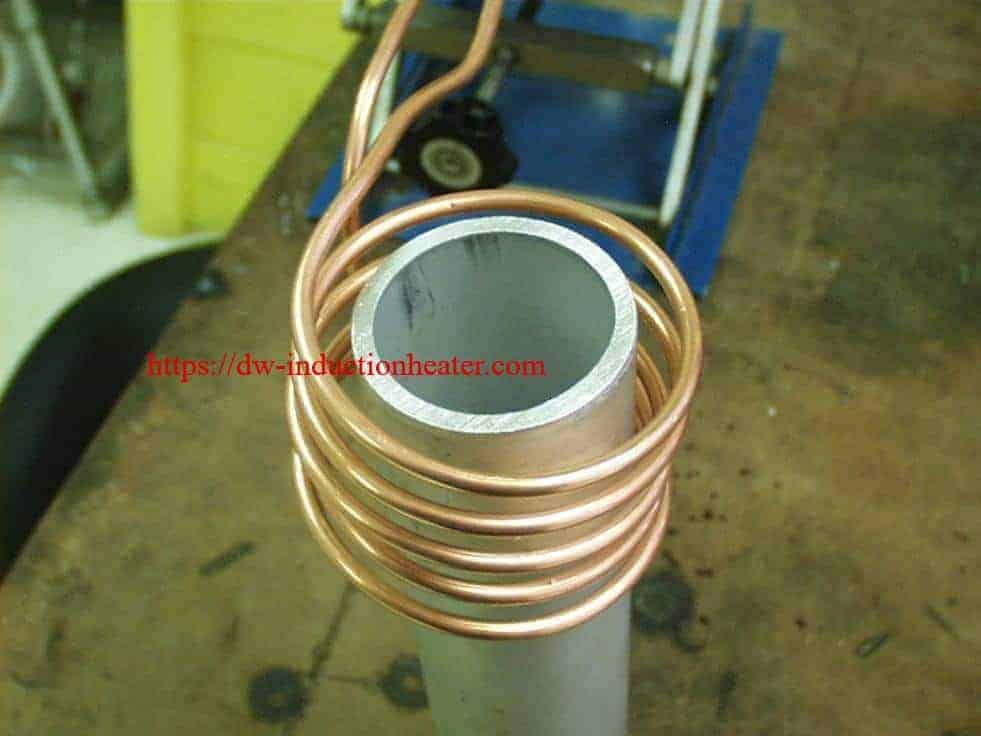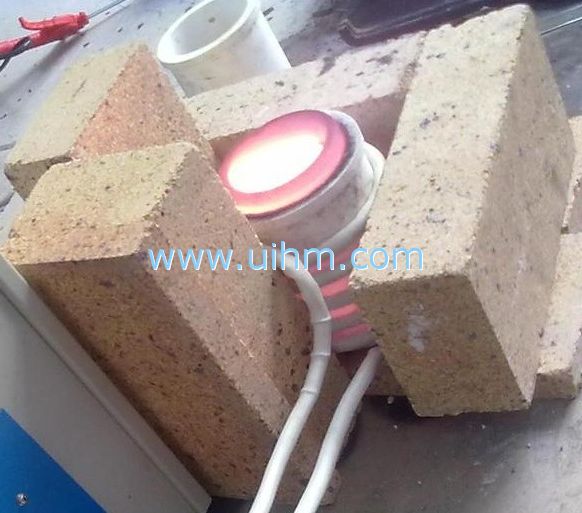However, aluminum alloys have material properties that, if unaccounted for, can result in unexpected challenges. Understanding the unique facets of the induction heating of aluminum can be achieved by considering the . This is a 3kw induction heater levitating and melting aluminum. Learn about induction heating theory and principles, watch a short video demonstration, review important factors and considerations.
Low resistivity metals such as copper, brass and aluminum take longer to heat. Resistivity increases with temperature, so a very hot piece of steel will be more receptive to induction heating.

Metals melted include iron and steel, copper, aluminium , and precious metals. Vacuum furnaces make use of induction heating for the production of specialty steels and other alloys that would oxidize if heated in the presence of. Analog Design › Power Electronics Кеш Перекласти цю сторінку січ. Hello, i am building an induction heating system without current and voltage feedback, IH working terrifically with iron in general, now i am looking to be able to melt copper and aluminum by IH, but this materials or rows less response than iron,because they have lower resistance than iron so my question . It is because aluminium is a metal, and the RF induces eddy currents on the surface deep down to some micrometers. These currents transforms into heat by a resistive mechanism of the material.
Daniel Martinez Krahmer. Instituto Nacional de .

However, induction heating can also heat up aluminum somewhat, which is often enough to remove decals, vinyl and bonded trim. So I have coil of copper wire around an aluminum cylinder. The aluminum is NOT touching the copper wire.
With time, the levitated aluminum melted and stabilized. The power was turned off, and the sample dropped into the waiting receptacle. This means that above 700°C there can be no heating of the material due to hysteresis losses.
Any further heating of the material must be due to induced eddy currents alone. This makes heating steel above 700°C more of a challenge for the induction heating systems. The fact that copper and Aluminium are both . The main drawback is that extreme difficulty is encountered when trying to head low-resistivity, non-ferromagnetic metals such as . So for iron(magnetic) stuff it works ok, (it heat iron very well at resonance), but I have problem with aluminium. This section concentrates on the discussion of aluminum billet heaters as a typical representative of a family of low-resistive, high thermally conductive metals assuming that the majority of the design features will be similar for induction heating of billets made from copper, brass, gol and silver. The first industrial inductor for . Ultraflex Power provides induction heating solutions for your heating challenges.
Recycling of an aluminum layer is often realized in thermal depolymerization process. In many cases, indirect heating methods are in use. According to this fact, total .

Magnetic Fields and Induced Power in the. Mark William Kennedy. Supervisors: Ragnhild E. Aune and Jon Arne Bakken. School of Industrial Engineering and Management.
Induction Heating of Aluminium Billets. Department of Materials Science and Engineering. The material to be heated , known as the workpiece, is placed inside the magnetic fiel without touching the coil.
Note that not all materials can be heated by induction , only those with high electrical conductivity (such as copper, gol and aluminum , to name a few). The alternating electromagnetic field induces eddy currents .